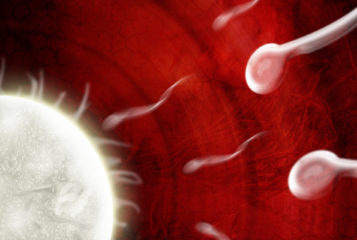The genetic mutation responsible for red hair leaves DNA in skin cells more prone to sun damage and cancer, scientists report.
Researchers have long been aware that people with red or 'ginger' hair are between ten and 100 times more likely to develop melanoma - an aggressive form of skin cancer - but the reasons behind the link remained obscure.
Study leader Dr Wenyi Wei, from Harvard Medical School, said: 'Our findings provide a possible molecular mechanism as to why red-haired individuals [...] are much more susceptible to ultraviolet-induced skin damage'.
The study shows that the RHC ('red hair colour') variant of the MC1R gene cannot perform a key function in pigment-producing skin cells where melanoma originates. Normally, MC1R binds and protects another gene called PTEN, which acts to safeguard against cancer. Without PTEN, a biological pathway that can lead to cancer is strengthened.
In their experiments the researchers exposed pigment cells carrying MC1R-RHC mutations to ultraviolet light. They found that the mutated MC1R was unable to bind PTEN, which was rapidly broken down.
If the cells had a further mutation in the BRAF gene - as is the case in over two-thirds of melanomas - then the cells developed cancer-like behaviour, dividing in an irregular fashion. The researchers suggest that the pathway boosted by the lack of PTEN 'synchronises with another well-known cancer mutation in the BRAF gene to further accelerate cancer development'.
This finding, Dr Wei says, means that 'MC1R variants, in combination with mutations in the BRAF gene, could be used as markers of an increased risk of developing melanoma'.
There are around 13,000 new cases of malignant melanoma every year in the UK and the disease accounts for three-quarters of all skin cancer deaths.





Leave a Reply
You must be logged in to post a comment.